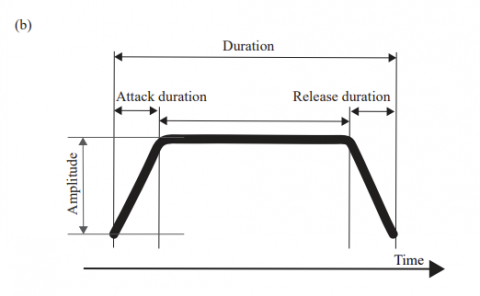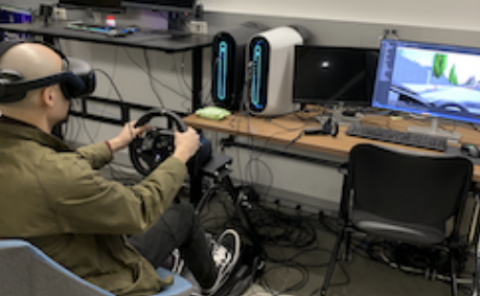Network-Assisted Neural Adaptive Naked-Eye 3D Video Streaming Over Wireless Networks
PubDate: September 2019
Teams: Beijing University of Posts and Telecommunications
Writers: Yitong Liu; Wei He; Yidi Wang; Hongwen Yang
PDF: Network-Assisted Neural Adaptive Naked-Eye 3D Video Streaming Over Wireless Networks

Abstract
High quality transmission of Virtual Reality (VR) video depends strictly on bandwidth and delay requirements. It becomes possible with the maturity and commercialization of 5G technology. However, to transmit VR video streaming over wireless communication system, we must cope with the challenge that fluctuation exists in the wireless channel conditions. For example, available channel bandwidth, packet loss rate, and interference level may vary with time due to channel fading and user’s mobility. The problem is more prominent when transmitting naked-eye 3D video which generally consists of multiple viewpoints with different resolutions. In order to optimize the quality of experience (QoE) of watching naked-eye VR video over wireless networks, this paper proposes a network-assisted neural adaptive video streaming algorithm (NAVSA). Specifically, we present a modified QoE function to describe the quality of naked-eye 3D streaming quantitatively, which not only considers the quality of naked-eye 3D video itself, but also considers the phenomenon of rebuffering and video fluctuation that occurs during video transmission. Next, with the network-assisted feedback, the physical layer information, the buffer occupancy of the video client, and the size of the next video chunk are collected to train a reinforcement learning model. Based on dynamic adaptive streaming over HTTP (DASH), the model can automatically choose appropriate viewpoints and resolutions corresponding to the current condition of the wireless networks such that the network capacity can be fully explored. To verify the performance of our proposed NAVSA, we simulate 3 naked-eye 3D video application scenarios on the NS3 platform. The results show that the performance of NAVSA is about 5~8% better than some state-of-the-art algorithms in wireless networks.



